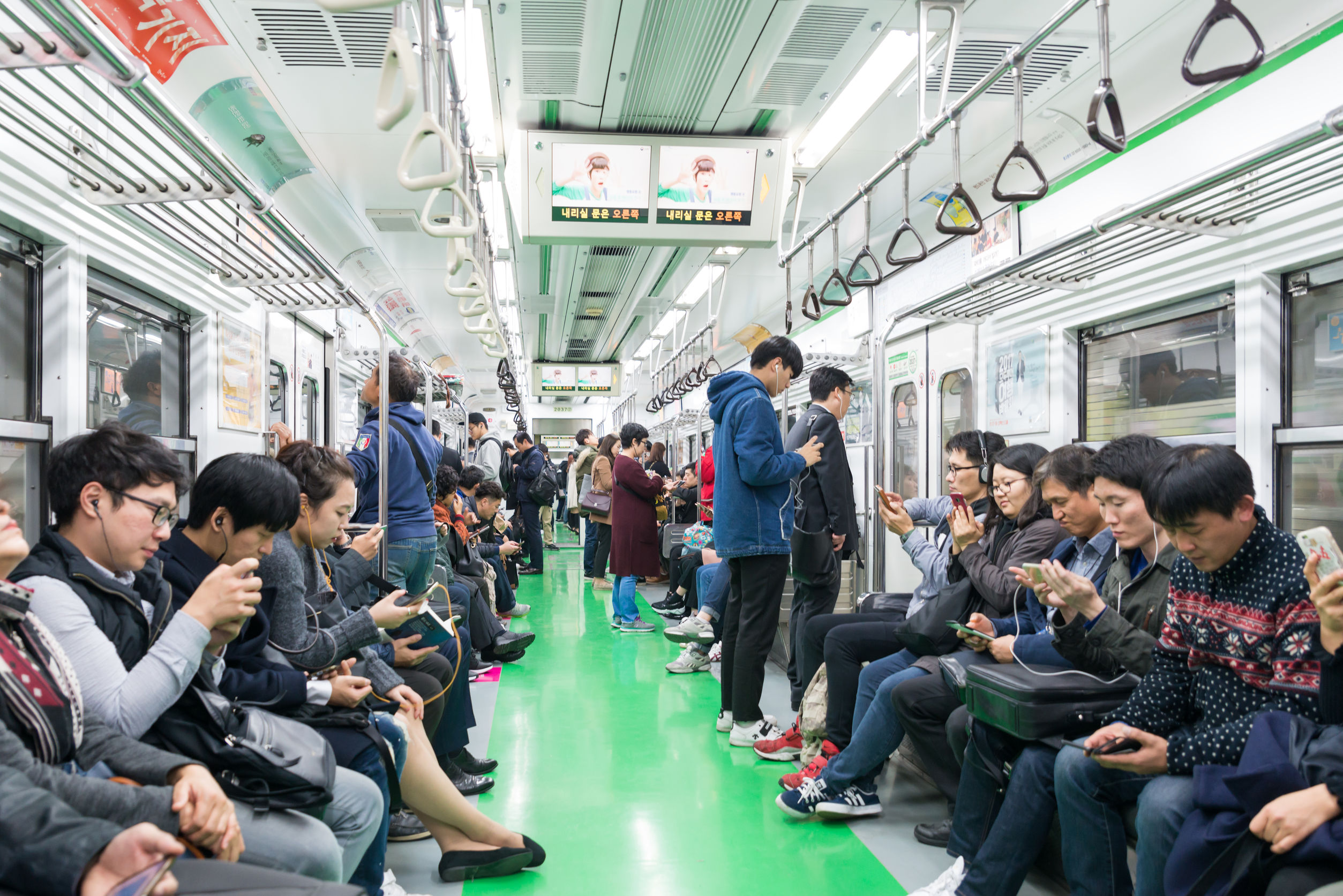Wage gap between regular and non-regular workers grows in South Korea
- Charles Chau

Data from Statistics Korea showed that in 2010, the average monthly salary for regular workers was 2.29 million won (US$2,049), 1.03 million won (US$922) higher than the 1.26 million (US$1,127) for non-regular workers.
The gap increased to 1.23 million won (US$1,100) in 2015, with regular workers getting 2.70 million won (US$2,416) in average monthly wages, while their non-regular counterparts earned 1.26 million won (US$1,127).
Last year, the income gap widened even more to 1.52 million won (US$1,360). The average monthly pay of regular workers was 3.23 million won (US$2,890), while that of non-regular workers was 1.71 million won (US$1,530).
Besides the increasing wage gap, the data showed that the number of non-regular workers who have little or no benefits increased from 5.17 million in 2010 to 7.42 million in 2020. These numbers showed that they formed a higher proportion of total salaried workers – from 33.2% to 36.3% in the 10-year period.
READ: South Korean workers need to learn how to work with machines
Also, in 2020, 45.03% of all female workers in the nation worked in non-regular jobs – the highest since the country started compiling such data in 2003. This percentage marginally surpassed the former all-time high of 45.01% set in 2019.
Among men, the percentage who held non-regular jobs was 29.3% or 3.33 million out of the total 11.36 million male workers, according to The Korea Herald.






